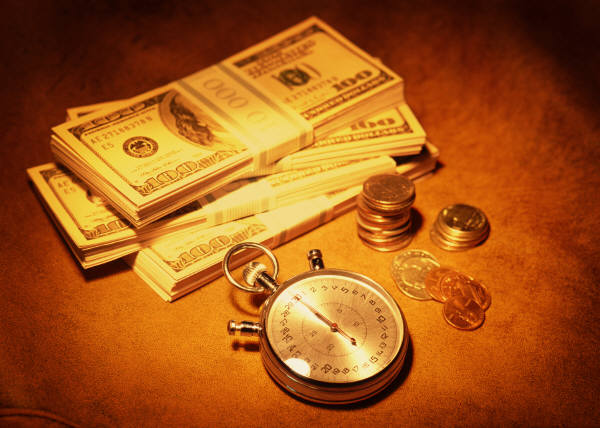Who Pays? A Distributional Analysis of the Tax Systems in All 50 States 4th edition
About The Institute on Taxation & Economic Policy
The Institute on Taxation and Economic Policy (ITEP) is a non-profit, non-partisan research organization
that works on federal, state, and local tax policy issues. ITEP’s mission is to ensure that elected officials, the
media, and the general public have access to accurate, timely, and straightforward information that allows
them to understand the effects of current and proposed tax policies. ITEP’s work focuses particularly on
issues of tax fairness and sustainability.
EXECUTIVE SUMMARY
The 2013 Who Pays: A Distributional Analysis of the Tax Systems in All Fifty States (the fourth edition of the
report) assesses the fairness of state and local tax systems. The report measures the state and local taxes
paid by different income groups in 2013 (at 2010 income levels including the impact of tax changes
enacted through January 2, 2013) as shares of income for every state and the District of Columbia. It
discusses state tax policy features and includes detailed state-by-state profiles providing essential baseline
data for lawmakers seeking to understand the effect tax reform proposals will have on constituents at all
income levels.
• The main finding of this report is that virtually every state’s tax system is fundamentally unfair, taking a
much greater share of income from middle- and low-income families than from wealthy families. The
absence of a graduated personal income tax and the over reliance on consumption taxes
exacerbate this problem in many states.
• Combining all of the state and local income, property, sales and excise taxes state residents pay, the
average overall effective tax rates by income group nationwide are 11.1 percent for the bottom 20
percent, 9.4 percent for the middle 20 percent and 5.6 percent for the top 1 percent.
• Ten states rank as having the most regressive overall tax systems. In these “Terrible Ten” states, the
bottom 20 percent pay up to six times as much of their income in taxes as their wealthy counterparts.
Washington State is the most regressive, followed by Florida, South Dakota, Illinois, Texas, Tennessee,
Arizona, Pennsylvania, Indiana, and Alabama.
• Five of the ten most regressive states derive roughly half to two thirds of their tax revenue from sales and
excise taxes, compared to a national average of roughly one third. Five of these ten most regressive states
do not levy a broad-based personal income tax (four do not have any taxes on personal income and one
state only applies its personal income tax to interest and dividends) while the other five have a personal
income tax rate that is flat or virtually flat.
• Of the three broad kinds of taxes states levy (income, property, consumption), the income tax is the
only one that is typically progressive in that its rate rises with income levels. Property taxes are usually
somewhat regressive. Sales and excise taxes are the most regressive, with poor families paying eight
times more of their income in these taxes than wealthy families, and middle income families paying five
times more.
• Personal income taxes vary in their fairness not only because of rates but because of deductions and
exemptions. For example, the Earned Income Tax Credit improves progressivity in 24 states and the
District of Columbia, while nine states undermine progressivity by allowing taxpayers a reduced rate on
capital gains income.
…









